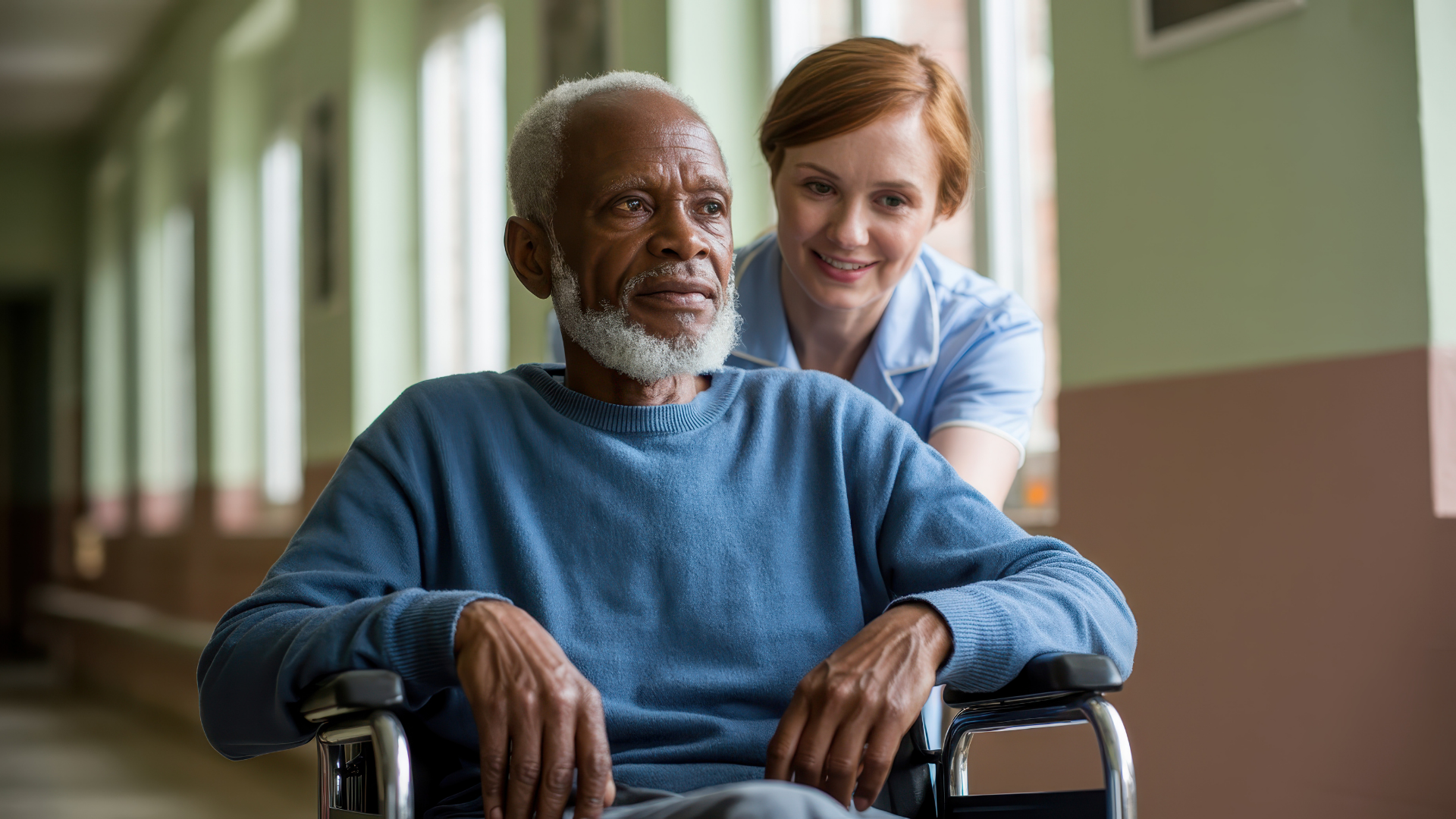
Lewy bodies are protein deposits that develop in the regions of the brain that involve your thinking, memory, and movement. They overwhelm brain cells, causing them to die. Dementia progressively sets in, and that’s why it’s called Lewy body dementia. It’s the second most common progressive dementia. Alzheimer’s disease, which disrupts neurons and eventually leads to cell death, is the first.
How It Affects A Person
Alpha-synuclein is a protein that, when typically occurring in the brain, is no cause for alarm. However, abnormal deposits of alpha-synuclein called Lewy bodies significantly affect the brain’s chemical production. Patients who suffer from Lewy body dementia experience difficulty regulating their mood and behaviors, controlling movements, and thinking clearly.
One frustrating aspect for caregivers and patients, in addition to doctors and researchers, is that there is no cure. Loved ones may feel hopeless when they learn that nothing can be done to prevent such a devastating illness. But there is support for the families plus treatment for patients.
The Symptoms of Lewy Body Dementia
Because Lewy body dementia shares some symptoms with Parkinson’s disease, it can be difficult to pinpoint exact symptoms that suggest one over the other. Therefore, careful study and evaluation are necessary at the first sign of concern. Moreover, not every patient may experience the same symptoms due to different stages of the disease. Critical indicators include:
- Visual and olfactory hallucinations
- Confusion about language and numbers
- Shaking and tremors, notably at rest
- Stooped posture and lacking coordination
- Difficulty using throat muscles
- Extended daytime naps
- Insomnia and restless leg syndrome
- Paranoia and depression
Creating a Plan
Anyone who has watched a loved one experience the symptoms of dementia knows that the more information you have to prepare you for tough transitions, the better. Understanding Lewy body dementia as its own disease, which affects over a million people in the U.S. alone, is the first step.
The next is to seek medical care so that a primary care physician can begin working with specialists to identify symptoms and help with proper treatment. While there’s no cure, there are medical advancements and managed treatment plans that can help. Physical therapy and a regular exercise routine may also be incorporated into a care plan. Treatment may also include residential living communities where medical teams can oversee progress.
Accessing Resources
The Lewy Body Dementia Association is a great resource to start with. They have a support network, news about the latest in Lewy body dementia research, and ways you can give back to help others.
You can also contact us here at Olivenhain Guest Home for more information about residential treatment options. We provide high-quality care and support for Lewy body dementia patients and their families.



